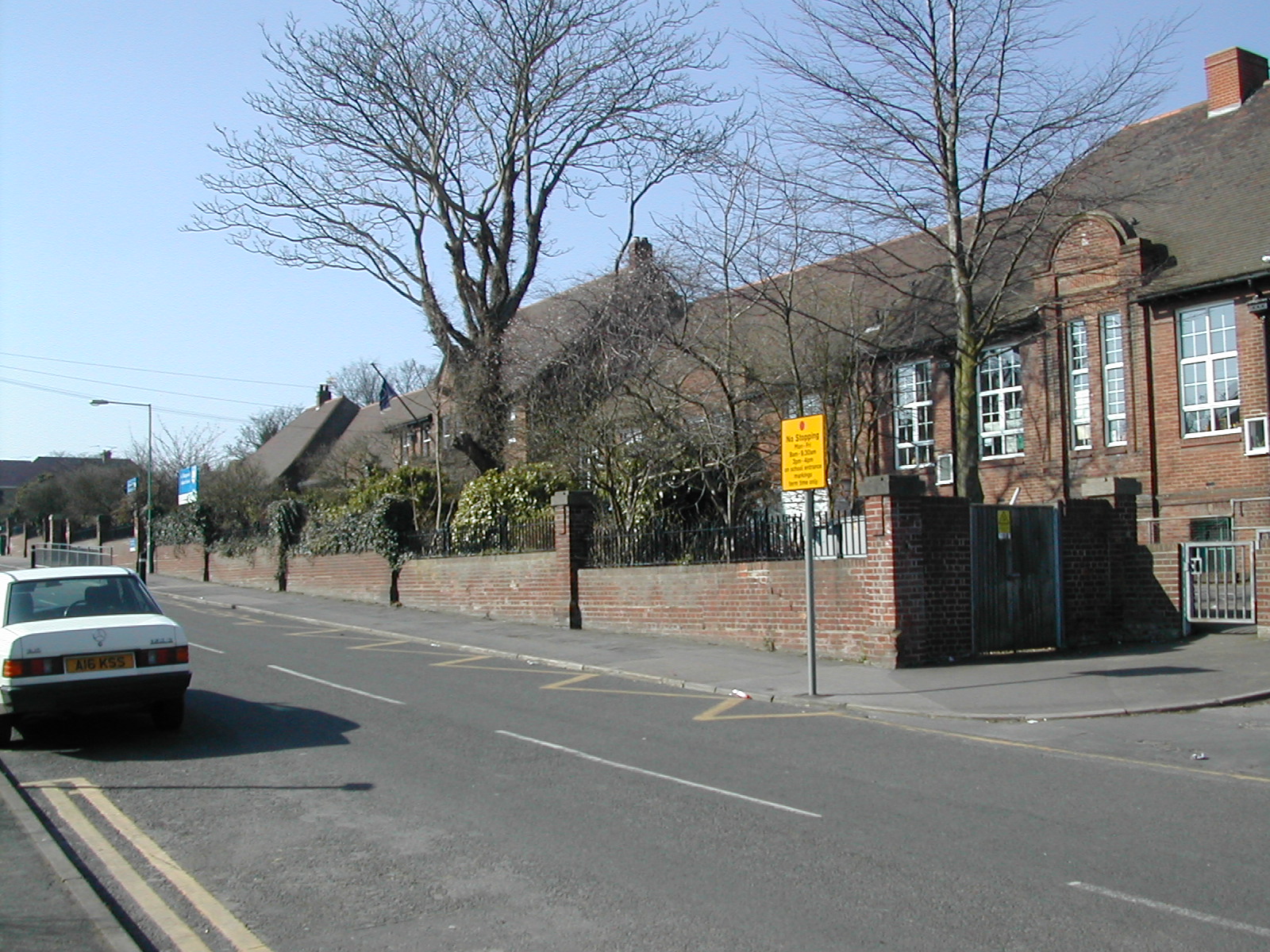The Opening of Rainham Senior Council School
With the expansion of Rainham during the first quarter of the 20th century a need for more schools arose as the old National School in Station Road and the Council School in Solomon Road were no longer able to cope with the growing numbers of children of secondary age.
A new school opened in Orchard Street in 1933 to ease the pressure of pupil numbers and this became known as Rainham Senior Council School.
The school had two parts, one for boys and the other for girls aged 11 years old and over from Rainham and the surrounding villages. The two almost identical parts of the school were each designed to hold 500-550 pupils and the building was constructed around a quadrangle of grass and plants. In the boys section there were nine classrooms with three large rooms for science, art and woodwork and metalwork. In the girls section there were two domestic science rooms for cookery and laundry work. There were also separate assembly halls for boys and girls which were also used for physical education and gymnastics.
Admin offices near the main entrance included rooms for the head teachers. Medical inspection rooms were also provided and a glazed corridor gave easy access to the classrooms. The buildings were lit and heated by electricity while gas and water were laid on where required. Seven acres of playing fields were laid at the rear of the school for sport and a canteen building was constructed at the far end close to Maidstone Road.
In 1930 the government offered grants of 50% for the construction of new schools with the remainder paid by the County Council. This resulted in the new Council school quickly becoming reality. The education committee received various tenders from companies to construct the school and accepted that of builder Mr R Barwick from Dover at a price of £29,575.

After the construction of the building a stone laying ceremony took place on February 24th 1932 when Alderman John Bate laid the stone which bore the inscription ‘Borough of Gillingham Education Committee.’ Other dignitaries who attended the ceremony included Alderman Richard Wakeley, Rainham councillors William Holding and Robert Quinnell, Gillingham Town Clerk Francis Mountain, architect of the school Mr J Redfern, builder Mr R Barwick, headmaster Mr W Smith and headmistress Miss Hilda Hare. Rainham vicar Reverend R Hodgson conducted a service in the assembly hall.
Although the school began functioning towards the end of 1932 the official opening did not take place until January 18th 1933 when the Marquis of Dufferin, Parliamentary Secretary to the Board of Education opened the school. After the dignitaries had assembled in the handicraft room and were presented to the Marquis of Dufferin by the Mayor of Gillingham, they proceeded to the main entrance where architect Mr John Redfern handed the key to the Marquis of Dufferin who turned it in the door lock and declared the school open. The dignitaries then went to the assembly hall where Reverend Hodgson conducted a service in front of an audience of local residents and new teachers. The Marquis of Dufferin gave a speech about the aims and objectives of the new school and architect Mr John Redfern spoke about the school building.
About 400 girls and 400 boys initially attended the new school and these numbers gradually increased to about 500 over the years. Female teachers taught the girls while male teachers taught the boys in a system of single sex secondary education.
In the school’s first year some boys gained notable success when Ray Mountain of Milton House in Webster Road passed Latin and got a ‘Certificate of Merit of the Concours Special de la Societe de Professeurs de Francais en Anglaterre.’ Twin brothers Peter and Jack Longley from Mierscourt Road and Leslie Parsons from Holding Street won scholarships. The Rainham boys also performed well at the Gillingham School Athletics Association held at Gillingham Football Ground in July 1933. Rainham boys won most of the events and the Under 14 team won the relay race. J Sayer won the high jump with G Bolton third, C Smith won the long jump and J Latter won the hurdles race with D Woodley second to complete a great performance by Rainham. The school also gained a good reputation for football and many teams won honours over the years.
With a stable and capable staff led by headmaster Mr Smith, art teacher Mr Newell and metalwork/woodwork teacher Mr Snaith became long serving teachers and taught at the school until the mid-1960s.
The school lasted until 1967 when the boys were moved to the newly constructed Howard School at Derwent Way then the girls followed about one year later to the new Rainham Girl’s School on the same site. With the demolition of the old National School in Station Road the pupils were transferred to Orchard Street and the school was renamed St Margaret’s Primary School which continues on the same site today. David Wood.











































































































































Comments
RSS feed for comments to this post